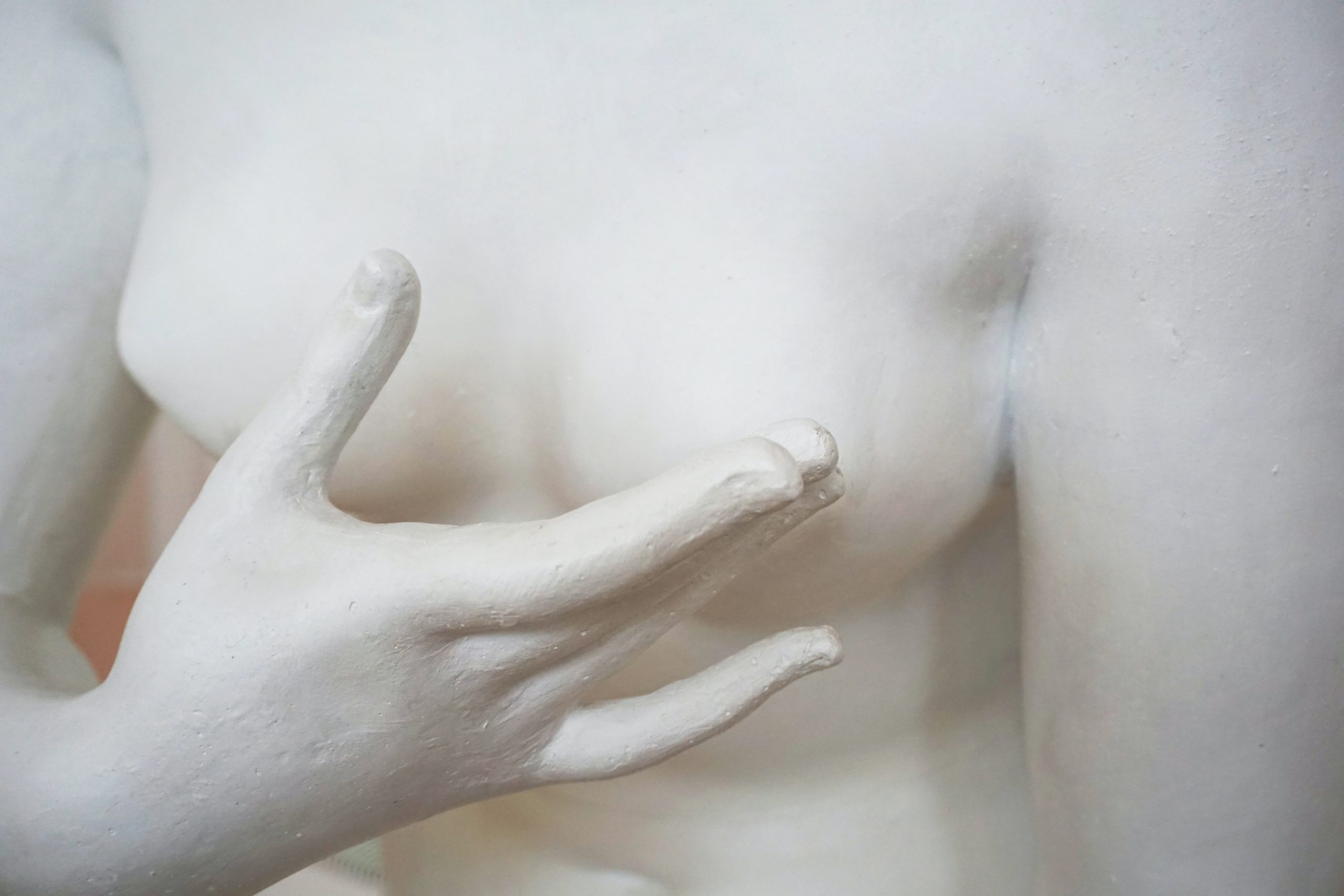As breastfeeding moms, we’ve all had that one quiet moment of realization that your baby is slowly and steadily growing — all because of the nutrition your breastmilk can provide. And as you enjoy your breastfeeding journey, you also start to notice the changes in you. It could be mentally, physically, or both. Included in your continuous evolution as a mother are your breast changes while breastfeeding.
Becoming pregnant made you a source of nutrition for my baby. As the sole nutrition provider, your body needed to adjust to this need. What are these changes that happen in our breasts?
Mothers who have gone through pregnancy and breastfeeding may experience breast sagging over the years. This is called “breast ptosis”. But remember that this is not entirely caused by breastfeeding. This is the result of time passing, genetics, or just gravity. As the results of a study have shown, “greater age, higher body mass index, greater number of pregnancies, larger prepregnancy bra size, and smoking were identified as significant independent risk factors for postpregnancy breast ptosis. Breastfeeding was not found to be an independent risk factor for ptosis”.
For breastfeeding changes, they’re less noticeable and are much more manageable for moms.
COMMON BREASTFEEDING CHANGES
These are the changes that you share with a lot of breastfeeding mothers. Some it may be physical like nipple changes (inverted or retracted), since our babies suck in our nipples in different ways as they try to latch on. This is why it is common. Although, if your nipple does not get stimulated for baby feedings, talk to your doctor for consultation.
UNCOMMON BREASTFEEDING CHANGES
There are also changes that are uncomfortable and would require you to visit your healthcare provider immediately. These changes include skin puckering or dimpling. There may be times that they are warm to the touch, red, or painful. Take notice if they are also scaly, flaking, itchy skin. If one of these things starts to appear or happens, do not hesitate to call your doctor at once. These may be from some type of infection like mastitis.
TIPS FOR THE COMMON BREAST CHANGES
There are ways for you to deal with these transitions you are experiencing as you breastfeed. Take note of these things:
- Avoid leaning over so that your breasts do not get stretched as your baby is latched on to you.
- Eat better to control the skin tone and elasticity of your breasts. Focus more on whole grains, legumes, leafy vegetables, and foods with Vitamin B and Vitamin E.
- Wean gradually to help your breasts to slowly redeposit fats inside your breasts and gain back their appearance before breastfeeding.
- Moisturize your breasts, especially if you have finished breastfeeding, to make them plump and soft again.
Wrap-Up
Changes in your breasts are common and it is experienced by all breastfeeding moms, so don’t worry. You are not experiencing this alone. It is part of your journey as a breastfeeding mom. Just make sure these changes are not making breastfeeding hard for you. If pain, swelling, and redness occur, it is best to refer to your healthcare provider. To manage the typical changes, remember the tips so that there are minimal chances for your breasts to change over time.
And if it does change, that’s okay. Take it as a symbol of your love for your baby. The change in our breasts is clear evidence that your baby was fed lovingly and was made sure to get the best nutrition in their early months. So be proud of that, mommy!
Subscribe to the Mommyz Love YouTube channel for more breastfeeding and motherhood tips:
Get ready for your breastfeeding journey with Mommyz Love breastfeeding items: https://shop.mommyzlove.com/.






